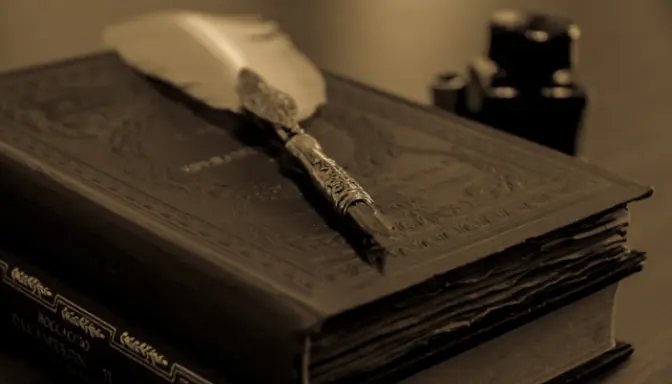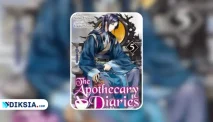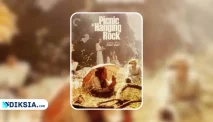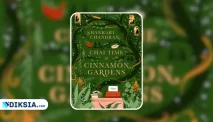What makes The Canterbury Tales a novel example is its medieval and social style. Chaucer uses a vernacular and colloquial language to tell his stories. He also uses a frame narrative technique, where the stories are embedded within the larger story of the pilgrimage. He also uses a variety of genres, such as the fabliau, the romance, the allegory, and the sermon, to suit the different characters and themes. He also uses satire, irony, and humor to comment on the vices and virtues of his time.
Some tips and exercises to learn from The Canterbury Tales are:
- Write a novel in vernacular and colloquial language that reflects the dialect and the idiom of your characters.
- Write a novel using a frame narrative technique, where the stories are embedded within the larger story of a journey or a gathering.
- Write a novel using a variety of genres, such as the fabliau, the romance, the allegory, and the sermon, to suit the different characters and themes.
- Write a novel using satire, irony, and humor to comment on the vices and virtues of your time.
Modern: Ulysses by James Joyce
Ulysses is a groundbreaking and experimental novel that depicts the events and thoughts of a single day in the life of Leopold Bloom, a Jewish advertising agent, and Stephen Dedalus, a young artist, in Dublin, Ireland. The novel parallels the structure and the themes of The Odyssey, but in a modern and realistic setting. The novel also explores various aspects of the human condition, such as identity, sexuality, religion, art, and politics.
What makes Ulysses a novel example is its modern and innovative style. Joyce uses a complex and varied language to express his ideas and emotions. He also uses various techniques, such as the stream-of-consciousness, the interior monologue, the parody, and the allusion, to create a rich and diverse narrative. He also uses different styles, such as the drama, the newspaper, the catechism, and the soliloquy, to reflect the different episodes and moods of his novel.






